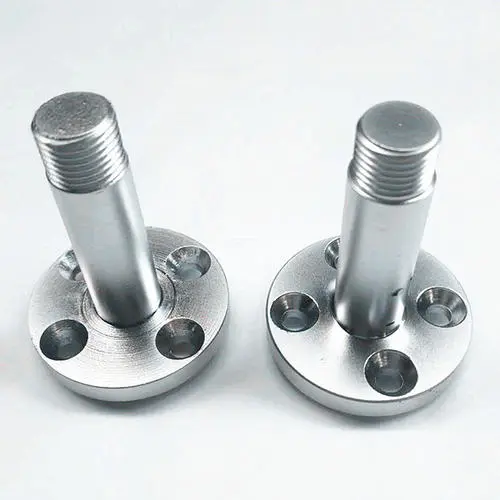is a vital part of modern manufacturing. Whether it is the automotive industry, machinery industry or electronic equipment manufacturing, it is inseparable from the application of precision parts. The processing quality of precision parts directly affects the performance and reliability of the product, so the precision and quality requirements for parts processing are extremely high. This article will introduce the relevant knowledge of precision parts processing from multiple dimensions such as processing technology, processing equipment, and quality control.
1. Processing technology
The process flow of precision parts processing usually includes milling, turning, grinding, assembly and other links. Among them, milling is a processing method that uses a rotating tool to cut on the workpiece, which can be used to process parts with complex shapes; turning is to use a rotating tool to cut off the material on the workpiece, which is often used to process cylindrical parts; grinding is to remove the metal material on the surface of the workpiece through the relative movement between the abrasive and the workpiece, which is used to improve the precision and surface quality of the parts; assembly is to assemble the various components together to form a finished part.
2. Processing equipment
Precision parts processing requires the use of high-precision and high-stability processing equipment. Common processing equipment includes CNC lathes, CNC milling machines, grinders, etc. CNC lathes can realize the turning of precision parts, and have the advantages of high degree of automation, high precision, and high processing efficiency; CNC milling machines can realize the milling of precision parts, which is suitable for processing parts with complex shapes; grinders can realize high-precision grinding of parts, improving the surface quality and dimensional accuracy of parts.
3. Quality control
Quality control of precision parts processing is the key to ensuring product quality. Common quality control methods include part size detection, surface quality inspection, material composition analysis, etc. Dimension detection measures the various dimensional parameters of the part to check whether it meets the design requirements; surface quality inspection judges its quality by observing the smoothness, flatness, scratch-free and other indicators of the part surface; material composition analysis can determine whether the composition of the part material meets the requirements.
4. Development trend
With the continuous advancement of science and technology, precision parts processing technology is also developing. At present, some advanced processing technologies such as laser processing and electrospark processing are widely used in the field of precision parts processing, which have the advantages of high efficiency, high precision and no scratches. In addition, with the continuous development of technologies such as artificial intelligence and big data, precision parts processing will also develop in the direction of intelligence and automation, improving production efficiency and product quality.
In summary, precision parts processing is an indispensable part of modern manufacturing. Through appropriate processing technology, high-precision processing equipment and strict quality control, high-quality processing of precision parts can be achieved. In the future, precision parts processing will continue to develop and move towards intelligence and automation, providing better support and guarantee for the development of different industries.
